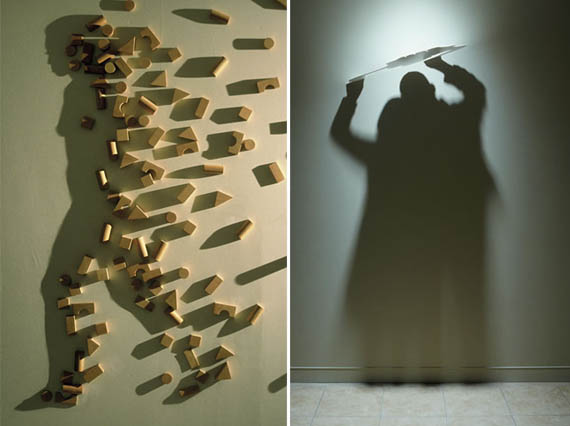
Category Archives: Winter 2012 Art 290 11am
Holga Handout Response..ideas..
Im excited to see what mistakes and imperfections occur with the holga…I want to see what it looks like if I do relief printing (plexi-glass ink print) on top of a holga print. I think the gain and distortion could work really well with ink wash and line work. I also really want to try shooting a continuous roll of film. When I bought my holga the guy in quicksilver told me one of the coolest uses of a holga he’d seen was this kid who shoot a series of train cars on a continuous roll of holga film. He was able to wind it just so that the images lined up flush with each other. I want to try doing a series of faces some blurring into each other, some other lapping, etc. Im sooo excited to work more creatively with photography and mix mediasss!!!
I came across this blog today!
http://blogs.reuters.com/photographers-blog/
There are some great images on here, and it is nice to read about the images as well and what people are thinking and what inspired them!
bham girls rock camp
Call for art! The creator of the bham girls rock camp is looking for art submissions to sell for fundraising. Anything really, and it doesnt necessarily have to be framed. Any prints you’ve made you don’t want or if you want to create something that has to do with a girls rock camp or bellingham.
http://bhamgirlsrock.org/fundraising.html
Reading Response
Theory 2: Light and shadow
This section was very informative. I love Film Noir films, and it was cool to see how that style of using light and shadow is also used by some photographers, and that it had it’s roots in the German Expressionist movement.
I was intrigued to learn a little bit more about Ansel Adams and Group f/64. I’ve been interested in his photography for a while, and it was cool to get a different perspective on his work.
Many of the other non-photographic techniques that utilized light and shadow were also intriguing. The physiognotrace, used to obtain an accurate, inexpensive profile sounded interesting. It’s incredible how much photography changed the world of the 1800’s.
Reading Response
Theory 3: Copying, Capturing, & Reproducing (pg 171-215)
Photography involves different stages of reproduction- starting with capturing the original subject, then production of a negative, to printing the positive image. Photographic images possess the presence of the original subject, Susan Sontag goes on then to explain that a photograph is not just an image (like a painting is an image), an interpretation of the real; it is also a trace, something real like a footprint. Photographs present us with traces of the past…I love this concept. They also can provide a kind of portal into the past, but Trachtenberg warns that when a viewer becomes consumed (transported to the time and place of the photo) he/she might unconsciously assume the perspective of the photographer and his/her cultural, economic, and political biases. I think this is interesting, there is this danger (that the viewer might assume knowledge due to inclusionary nature of a photograph) but I think this kind of transportation can also be extremely powerful (like images of war can make the violence and grief of those thousands of miles away a reality to viewers sitting at home).
Kumi Yamashita
I found Kumi Yamashita’s work while looking for some inspiration using light. While her work is more instalation than photography, it’s still pretty cool. Looks like it took quite a bit of work to get the shadows to look the way they do. Her website.
Richard Avedon Documentary
Here is the link to the nine-part documentary on Richard Avedon, as promised. This was part of a PBS feature that’s now on You Tube.
http://blog.defgrip.net/2010/04/richard-avedon-darkness-and-light/
Nan Goldin
http://www.moma.org/collection/artist.php?artist_id=7532
Nan Goldin is a different kind of photographer who takes powerful photos. Her work seems to give the viewer a peek into the intimate lives of her subjects (mostly her friends and family), exhibiting themes like love, gender, domesticity, and sexuality almost always shot with available light (natural lighting). The lighting adds to the intimate feeling behind her photos, also giving them a cohesive feel.
Her work is very intriguing to me. Perhaps because her images seem to elude to a somewhat dark background story.
Karla Read
Link
another link: http://bentrovatoblog.com/photography/photography-by-karla-read/
This is a young artist from Santo Domingo in la Republica Dominicana, spent a quarter there so Im alway looking for a way to get transported back to the caribbean! I especially like her black and white portraits, but her subjects/females look badass!

